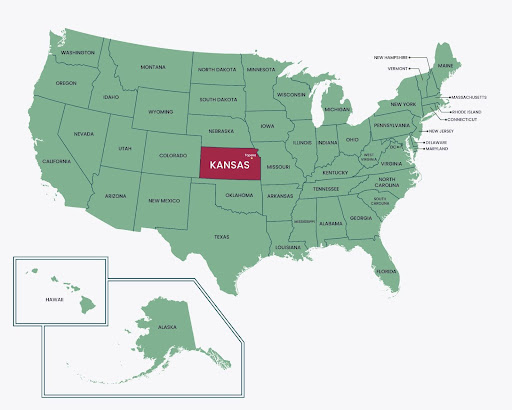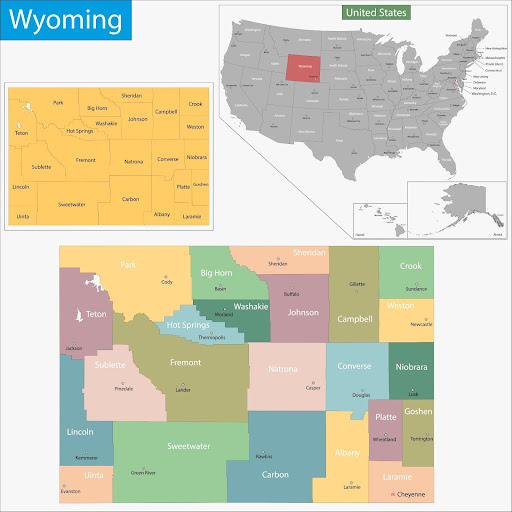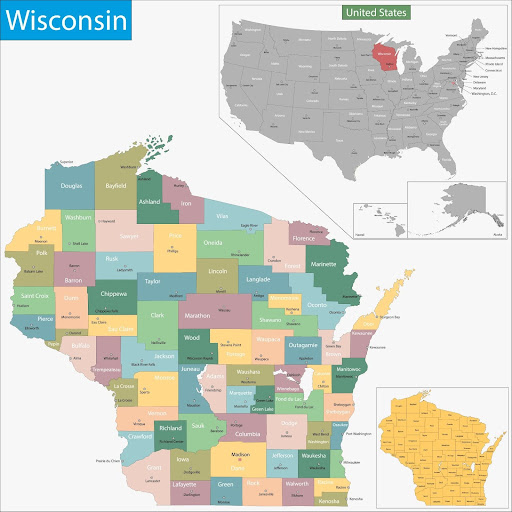Table of Contents
Fires tend to run wild in Kansas. One errant spark and you’re watching flame race across CRP land, roadside grass, or stubble fields at 30 miles an hour. For fire investigators, that means the evidence doesn’t stick around for long. And when suppression is spread thin across massive landscapes, you’d better know your jurisdictions, and fast.
This guide breaks down wildland fire resources in Kansas from an investigator’s point of view. From live fire tracking and agency contacts to terrain-specific behavior and mutual aid networks, it’s all here. If you're working fire scenes across the Flint Hills, western ranchlands, or rural farmland, this is the brief you’ll want in your back pocket.
Find agency summaries, standards, and tools in our wildland fire resources page.
Live Incident Updates & Maps
Use this live tool to monitor active wildland fires and updates in Kansas:
State Overview
Kansas burns differently from most states. With a majority of the land in agriculture or range use, the fuels are light, flashy, and explosive under wind. While fires here don’t typically carry through tree canopies, their lateral speed and ember spotting can overwhelm suppression in minutes.
- Eastern Kansas: Flint Hills and tallgrass prairie dominate. Fire is both a threat and a tool here. Prescribed burns are routine, but so are escapes.
- Central Corridor: Grass-crop interfaces, wheat stubble, and dryland pasture create complex ignition paths. Investigators often find multiple ignition vectors: machinery sparks, cigarette tosses, or improperly secured burn piles.
- Western Kansas: Sparse vegetation, high wind, and flat topography enable long-range fire runs. Fires can impact energy infrastructure and remote ranchlands.
Investigative complexity rises in areas where wildland meets farmland and public use areas. Investigators must track ignition origin quickly before signs are lost to wind or post-burn activities.
Wildfire Season Timeline
Kansas is known for sudden, intense fire windows. The timing may shift slightly depending on rainfall and fuel curing, but overall patterns hold:
- Late Winter–Spring (February–May): This is Kansas’s primary fire season. Dormant grass, frequent red flag warnings, and prescribed burning increase ignition potential dramatically. Most wildland fire investigations occur during this window.
- Summer (June–August): Fire risk drops due to green fuels, but machinery-related fires (combines, balers, mowers) are common in wheat and hay fields.
- Fall (October–November): A secondary spike emerges as vegetation cures and agricultural harvests wrap up. Investigators should watch for fires near field edges, roadways, and rural homesteads.
Key State Agencies Involved
Kansas wildland fire management involves a tightly woven interagency response, especially between local departments and the Kansas Forest Service.
- Kansas Forest Service (KFS): A division of Kansas State University, KFS is the state’s lead agency for wildland fire coordination. They offer training, dispatch, suppression support, and fire investigation resources. Investigators may be deployed via KFS to assist counties with cause and origin determination, red card credentialing, and fire behavior analysis.
- Kansas Division of Emergency Management (KDEM): Coordinates statewide emergency declarations, mutual aid, and large-scale mobilization. In multi-county events, KDEM may activate resource sharing and communications infrastructure.
- Local Emergency Managers & County Fire Chiefs: Kansas statutes designate local jurisdiction for wildfire suppression unless delegated. Fire investigators must often coordinate directly with local fire chiefs or emergency managers on-scene.
- U.S. Forest Service & Federal Agencies: Though Kansas has limited federal land, the USFS and USFWS manage fire-prone tracts in the Cimarron National Grassland and national wildlife refuges. Investigations on federal land must follow NWCG and federal LEI protocol.
Local Wildland Firefighting Resources
Kansas relies heavily on local response. Most initial attacks come from township or county departments, many of which are volunteer-based and have limited equipment and wildland-specific training.
List of Local/State/Federal Fire Response Agencies
Contact Numbers and Emergency Links
- Report a Wildfire: Dial 911
- Kansas Forest Service Fire Management: (785) 532-3300 | kansasforests.org
- Great Plains Interagency Dispatch Center (GPC): (575) 388-8302 | gacc.nifc.gov/gpc
- KDEM Emergency Operations: (785) 646-2000 | kansastag.gov
- Kansas Burn Ban & Fire Danger Maps: ksfire.org
Training & Volunteering
If you’re interested in wildland fire management, Kansas offers various training programs and volunteer opportunities.
NWCG-Approved Academies and Centers
Volunteer and Seasonal Training Opportunities
Stay Informed on Kansas’s Wildland Fire Landscape
Kansas fire behavior can change overnight with a single wind shift. Between prescribed fire season and drought-driven outbreaks, there’s no room for complacency. As a fire investigator, staying current means more than knowing how fire burns. It’s about knowing the land, the fuel, the community, and the system.
Read local wind patterns like a map. Learn the names of the ranchers running burn associations. Be ready to work with departments that may have no formal investigation protocol but decades of local knowledge. Kansas will keep you on your toes—but it will also make you better.
FAQs
How do I report a wildfire in Kansas?
Call 911. If you're working on federal lands or require interagency support, also contact the Great Plains Dispatch Center.
Who investigates wildfires in Kansas?
Local fire chiefs typically take the lead on suppression and investigation. The Kansas Forest Service may assist counties with fire investigation specialists and resources upon request.
Can I conduct a prescribed burn in Kansas?
Yes, but check with your county emergency manager or fire chief. Some counties require permits or have local ordinances. Burn bans override any permissions.
Does Kansas have red card training?
Yes. The Kansas Forest Service and KWFA offer NWCG-compliant red card certification for wildland firefighters and investigators.










